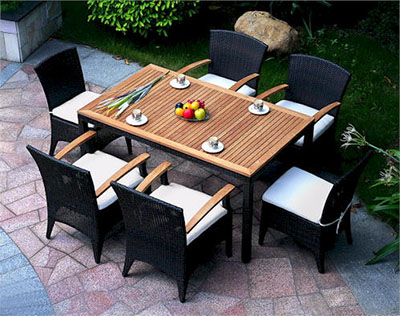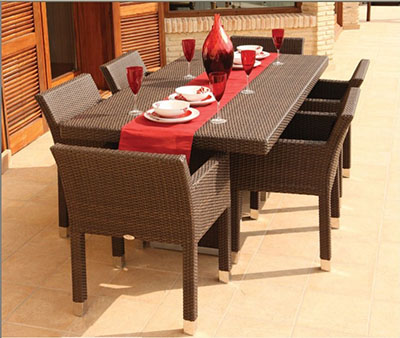The dilemma of color management technology in the digital application of grotto murals
1. The grotto of the grotto is huge
According to the actual situation encountered in the current work, the murals preserved in the walls of the grottoes are about 10 square meters. According to the acquisition accuracy of 500dpi and the full-frame pixels of the high-end scanning device, the single-scan image size is about 0.3 square meters, which means that it takes about 30 images to scan the complete wall mural. In the process of collecting and splicing these 30 images, color data must be lost, and these problems have never been seen in today's color management technology.
Friends who are engaged in graphic digitization must have some understanding. In the process of digital collection, the production of characterization files must be made separately for each acquisition, so that the characterization files can be maximized. If you encounter a large-format object that cannot be scanned at one time, you must ensure that the captured object is moved and the final stitching is scanned in sequence without changing the scanning environment. In the grotto, if the mural wall cannot move, the collection equipment must be moved, subject to objective factors such as the unevenness of the ground in the grotto and the irregularity of the mural wall. Each time the mobile acquisition device is bound to produce errors, the consistency of the acquisition environment cannot be guaranteed. As a result, the characterization file cannot accurately describe the device color characteristics.
2. The geographical environment of the grotto has an impact on the collection of lighting
The light source device must have the characteristics of small size and lightness under the premise of meeting the light source standard. However, the light source equipment generally conforms to the standard, and its volume is relatively large. It is difficult to deploy in a tunnel with a height of less than 1.7 meters and a width of less than 1 meter. This situation directly affects the uniformity of the surface light source of the collected murals due to the small space. The limitation of the angle of the light will cause a series of problems such as reflection on the surface of the light source, and these problems are directly reflected in the color data of the acquired image.
3. The adjacent walls of the grotto produce color interference in the collection.
Due to the particularity of the cave murals, there will also be connected murals at the junction of the wall and the wall. Then, when the wall murals on the wall are collected, one side is blocked by the other wall surface, and the light cannot be evenly distributed, resulting in the problem that the image screen will be darker as it is closer to the wall joint. This situation also causes the wall on the other side to produce color interference with adjacent wall murals after being exposed to the light source.
( "Xinjiang Kucha Mural" won the 2014 "Keyin Cup" Digital Print Grand Prix Product Innovation Award )
Current preliminary solution to the problem
1. Strengthen standardization and reduce errors
For the large-format problem of murals, the current color management technology must ensure the consistency of the collection environment when making the characterization files of the acquisition equipment. However, it can be seen from the above that the mural collection process is an unchangeable objective condition. If you make a characterization file for each image in turn, and finally average the characterization file data to get the characterization file of the final mural image, this is the best method at present. However, such a process is cumbersome, and there is no specific experiment to prove that the averaged data of a plurality of characterization files can represent the characteristics of the final spliced ​​mural image, so the method of averaging the characterization data is not feasible. At present, our method is to debug the collection device with reference to the standard, and then make a characteristic file for the acquisition device in the current collection environment, and then measure each parameter every time the device is moved to ensure the consistency of the parameters, and finally the collection. The overlapping portions of the image are controlled by chromatic aberration to ensure that the error caused by each acquisition can be controlled to a minimum.
2. Improve equipment
In the early years of work, the light source equipment used by the team was basically a three-primary fluorescent lamp. This kind of light source equipment has good performance in color rendering, color temperature and spectral power distribution, but its volume is too large for the collection of ramp murals. The work is very inconvenient. The team then thought of using LED light sources, but the early LED light sources were not ideal in terms of color rendering properties, so the collection of ramp murals has always plagued the team. Through the development in recent years, LED light source equipment has made rapid progress in color rendering characteristics, and has already met the standards of standard illuminators. At the same time, the LED light source also has the characteristics of small volume and high illumination. After purchasing advanced LED light source equipment from abroad, the company will improve its performance in terms of volume and heat dissipation. Nowadays, the modified light source equipment can completely cope with the collection work of narrow ramp murals, and special tests are also carried out on the heat dissipation to ensure that the temperature of the light source will not damage the mural.
3. Fine-tune the image with reference to the gray card
If the reflected light from the surrounding environment affects the acquisition, the best way is to create a darkroom to completely eliminate the reflected light. However, cave murals are world-class cultural heritage. It is impossible to build dark houses in grottoes, and it is even more impossible to put black cloth on the walls to absorb light. Finally, in the absence of a better method, the team decided to use the gray card to collect the mural image with the gray card, and then adjust the captured image according to the gray card value to solve the surrounding wall reflection light. The impact.
(text
Our Rectangle Patio Dining Set has a relaxed, southern attitude, intricately handwoven in UV resistant resin wicker. You'll enjoy alfresco meals more as you unwind in thickly cushioned dining chairs. The smoothly woven rectangular patio dining table comfortably hosts up to six guests.You can choose different size and color to decorate your dining and garden.
-Handwoven premium resin wicker
-UV-protected, antimicrobial
-Rust-resistant powdercoated frames
-Cushions included
-100% waterproof polyester fabrics
-All-weather cushions have a high-resiliency foam core wrapped in plush polyester
-Table-top with tempered glass
-Assembly required on table
-polyethylene rattan: it's non-toxic and safe for the environment. It's also antimicrobial, a quality that prohibits the growth of fungus and mildew. The wicker won't splinter or rot in extreme temperatures (-94°F to 176°F), making our furniture an excellent choice for almost any climate.


If you have any questions, please contact with us directly. Rectangle patio dining set are produced
by Golden Eagle Outdoor Furniture With High Quality and Good Appearance. Welcome you can visit our Factory. For any inquiry,Please send mail directly to us.
Welcome your inquiry for further discussion.
Rectangle Patio Dining Set,Rattan Rectangle Dining Set,Wicker Rectangle Dining Set,Outdoor Rectangle Dining Set
Golden Eagle Outdoor Furniture Co., LTD. , https://www.gerattan.com